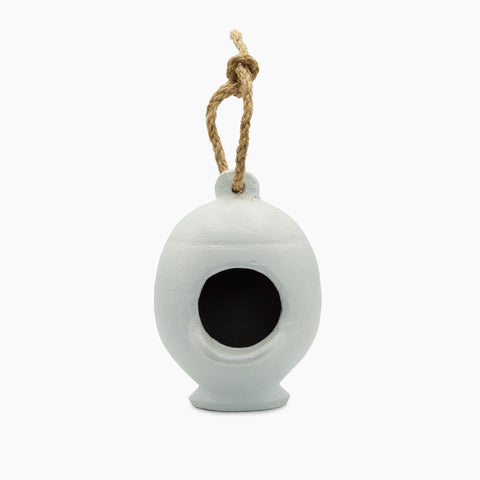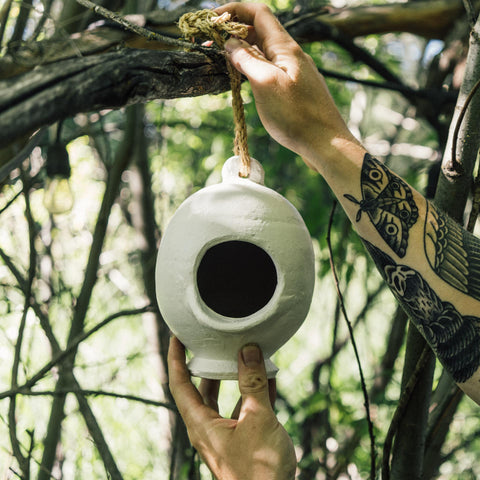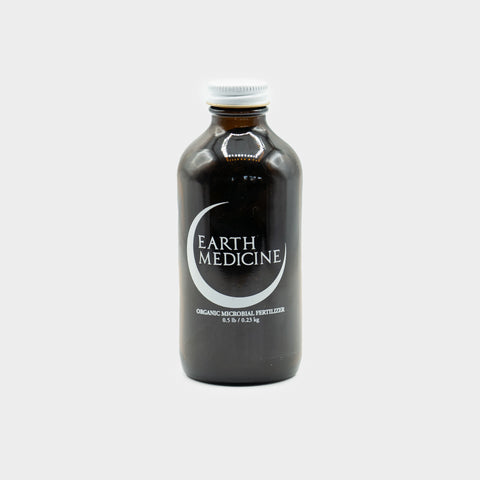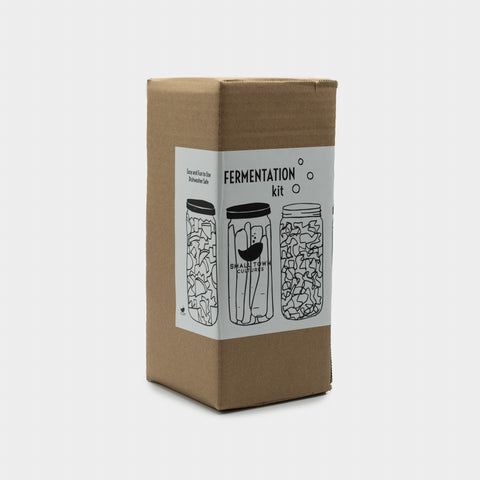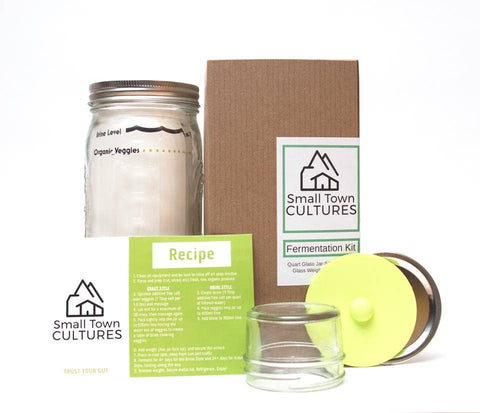An Afternoon with Big Mountain Sagebrush

Drive east of our state and you’ll find Sagebrush. Not here, or there… but here and there… fields of it… meadows, as-far-as-the-eye-can see, acres, upon acres, upon miles uninterrupted with big sagebrush. Called the “grey sea” or “sagebrush ocean”, it is a familiar plant, almost as much as the big pines or cedars prevail on the other half of the state.
Silvery moonlight and grey-green, this shrub bends with the wind and weather, showing its wear and resiliency in the rocky and sandy soils where it roots.
There are many different kinds of sagebrush and all species go by several different names, often with the shorthand of “sage”. While we typically think of “sage” as the Salvia in the Mint Family, Sagebrush is an Artemisia in the Sunflower family of Asteraceae, or a “wormwood.”
Visiting these silver grey seas in the late Spring brings back memories of springs past:
Walking behind my dad and my dog on this same trail…
gathering small handfuls of the leaves along the way...
rubbing them between my palms…
lifting them up to my face…
and inhaling.
Repeat.

On this trip, we still gathered sagebrush here & there, but at the end of the day, my small pack was full of small gatherings of sagebrush to take home and use for herbal medicine making.

There are many volatile compounds in sagebrush which give its notable scent. The volatile compounds are largely produced in glands on the leaves, which is why sagebrush smells so strong when you crush the leaves between your palms.
Some of these compounds actually help the plants communicate to one another. When sagebrush is nibbled on or cut, the plant emits volatile organic compounds that neighboring sagebrush plants up to 60cm away can sense and react by producing defensive chemicals that make them unattractive, or even poisonous. And other plants can eavesdrop on this and ramp up their own defenses, significantly lowering damage from feeding animals. Yet, some of these compounds, including water-soluable coumarins, also attract grazing animals.
It’s these volatile compounds as well as some other secondary compounds that have antibacterial properties and contribute to Sagebrush’s numerous medicinal uses as well as uses for ritualistic & ceremonial cleansing.
Medicinal Uses of Sagebrush: Sagebrush has been used & is still used traditionally by people native to this land in teas, compresses & poulices, and as a smoke medicine for ritual & ceremonial smudging. Big Mountain Sagebrush is a popular smudge herb and is burned in a tied bundle or as dried powder and then possibly made into an incense cone using other resins. It cleanses and purifies both metaphysically and physically with its antimicrobial smoke.
1 comment
-
Posted on by
